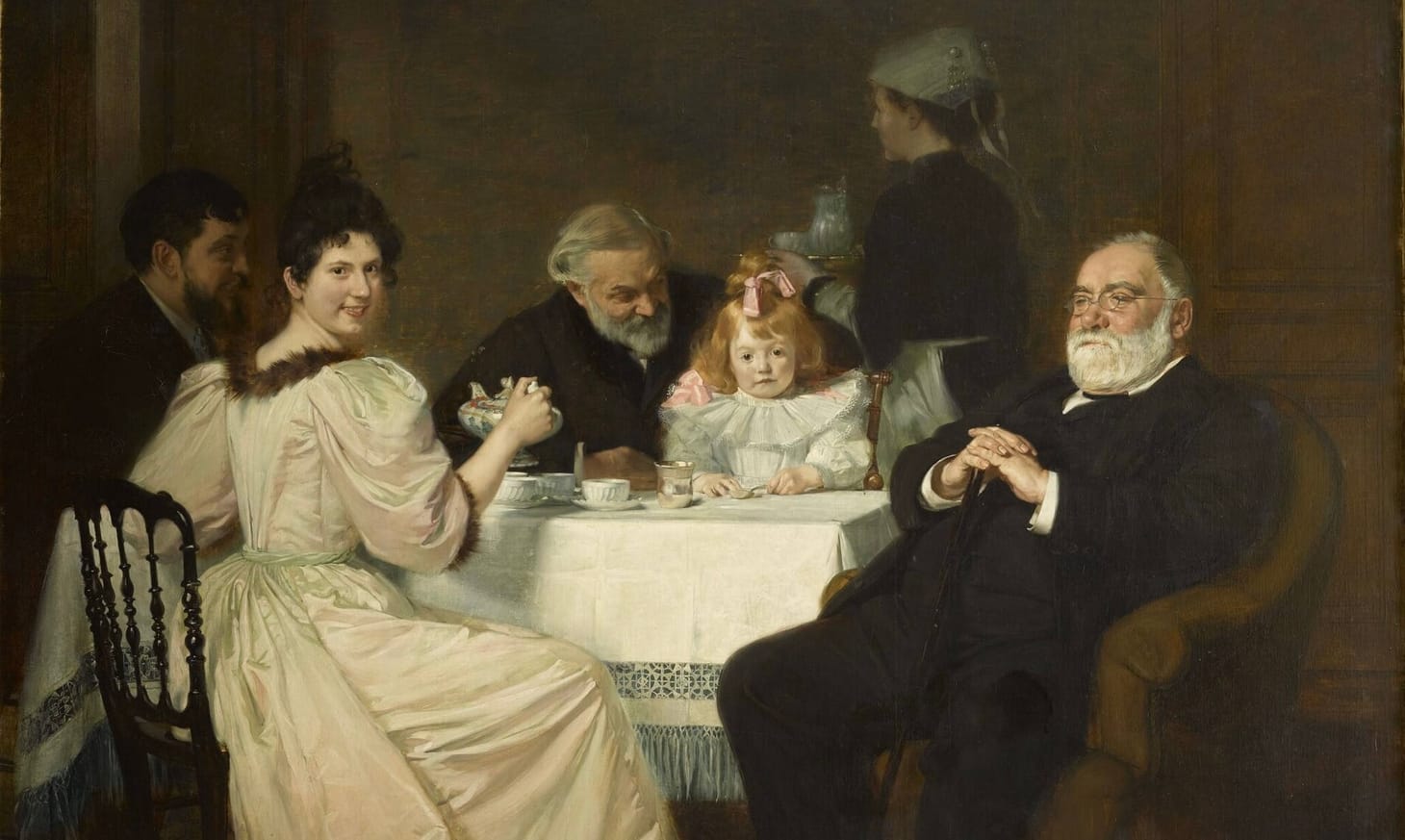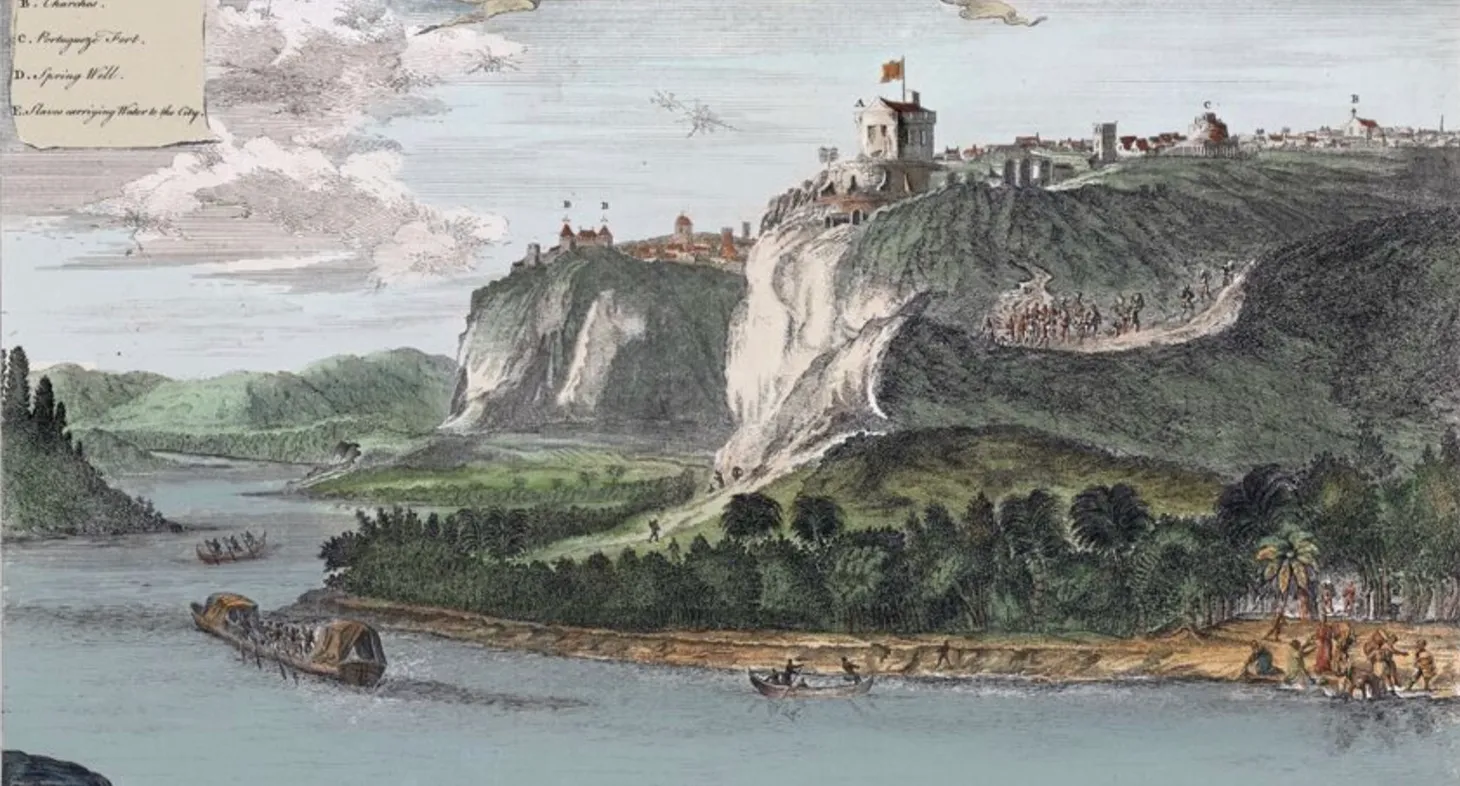Industrialization, Women, and Social Class
Discussion of teaching the intersection of class and gender


I’ve previously discussed teaching how industrialization contributed to the development of class. While we regularly use the phrases working class, middle class, and upper class, it’s critical to remind students that social classes are gendered. Middle-class men and women had different expectations and roles. There were also differences between working-class and middle-class women’s roles.
The Source
This Content is for Subscribers on the Buy Me Lunch and Buy Me Dinner tiers
SubscribeAlready have an account? Log in



